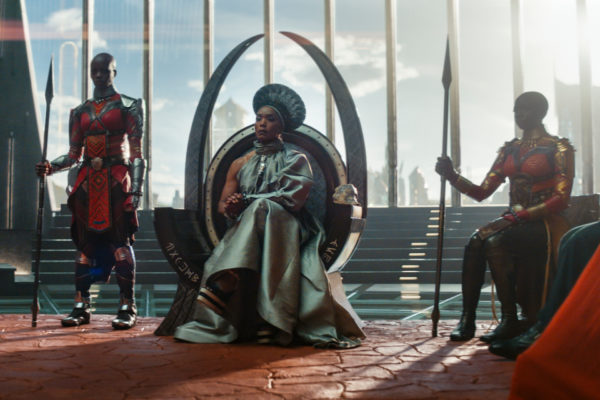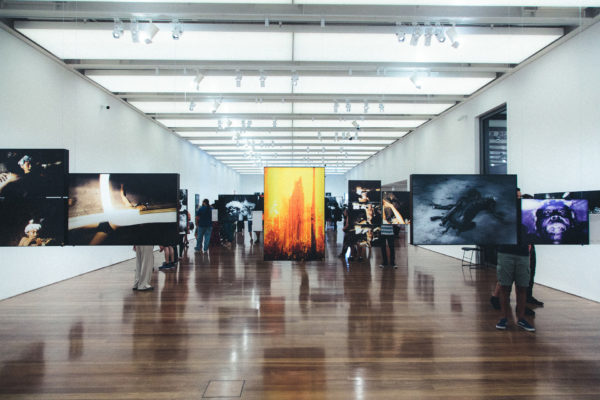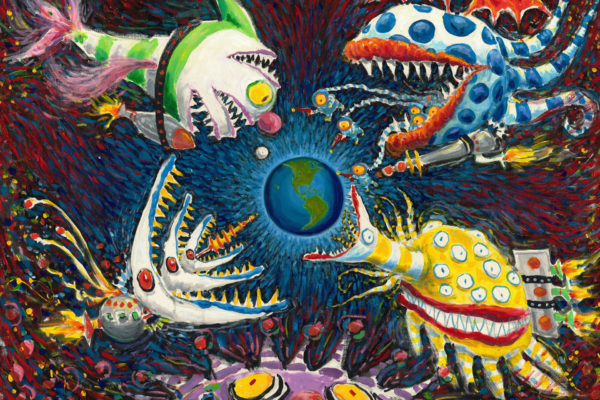So What’s the Cult of Beauty Exhibition All About?
By
1 year ago
Because it's not skin deep
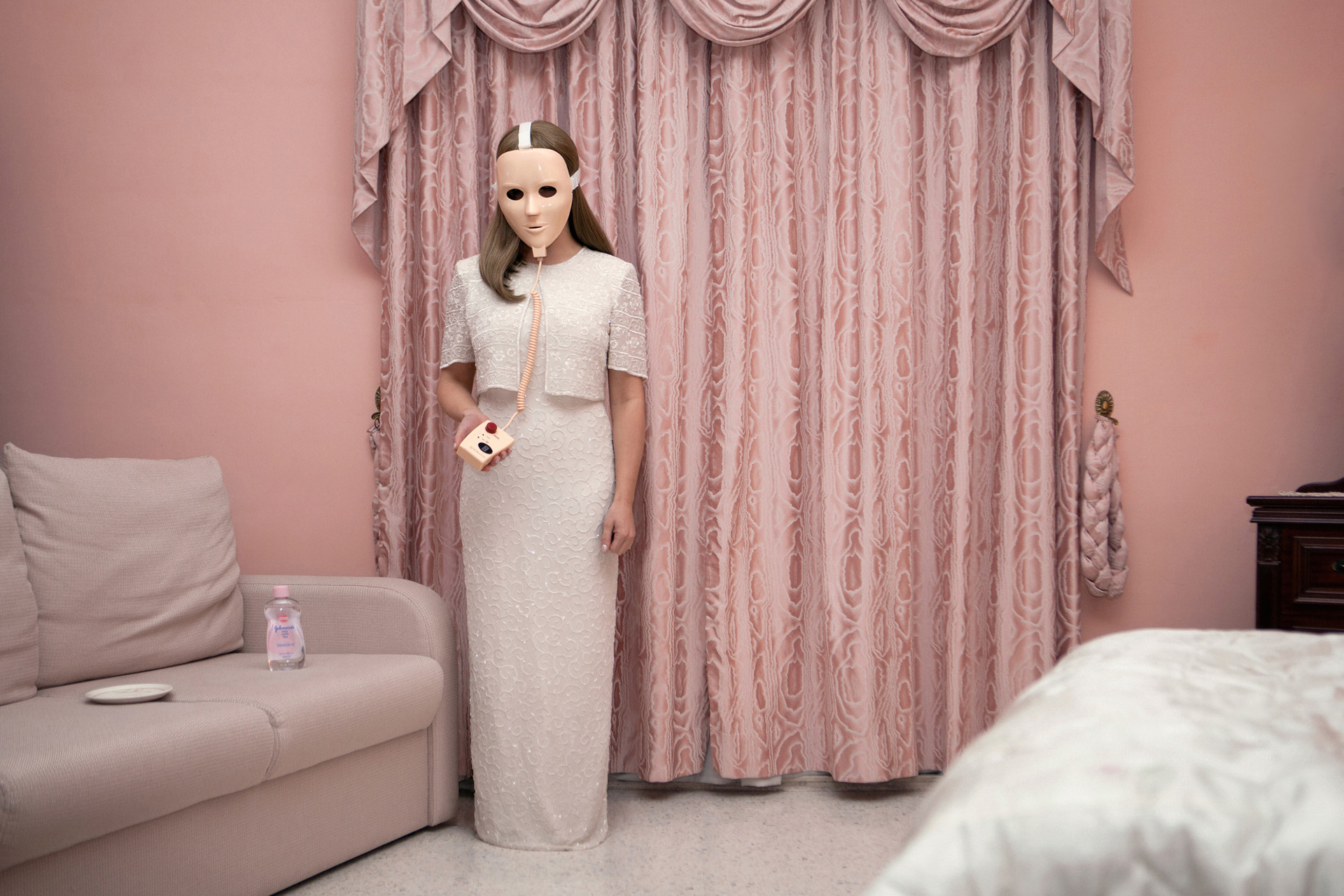
We sat down with Janice Li, curator of the Wellcome Collection’s new Cult of Beauty exhibition, to talk about the universal, yet divisive nature of beauty, its opportunities and its issues.
Main image: 12 Reasons You’re Tired All The Time by Juno Calypso, 2013. Courtesy the artist and TJ Boulting
The Cult of Beauty Interview
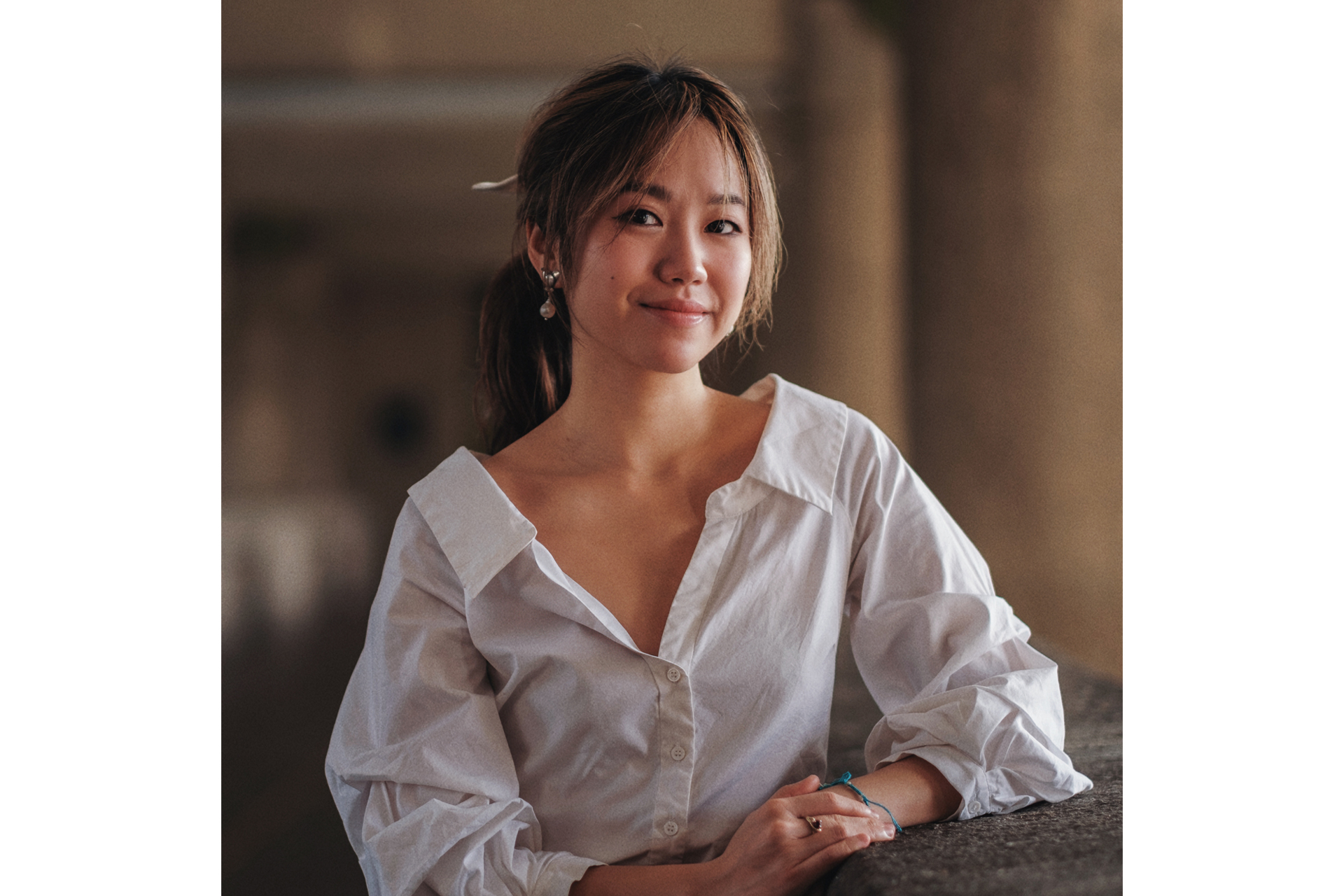
Curator Janice Li
Tell us a bit about yourself and your career as a curator?
I joined Wellcome a year and a half ago, and this is my second exhibition there. I work across disciplines, between art, design, science and history, and I used to work at the V&A. The Cult of Beauty exhibition really brings together all of these seemingly eclectic interests of mine, and have shaped my approach of looking at such a broad theme like beauty.
What was your inspiration for the exhibition?
I’ve always been fascinated by how humans have pursued beauty with a fairly similar drive throughout history, in every culture you can find. But even primary school students know that this pursuit is illogical because our beauty ideals change every week, every month. Beauty is in the eye of the beholder, but still we pursue it, acting as if there is a universal goal that is also permanent, because if we achieve this we will be beautiful.
So that’s why the first part of the exhibition tries to discuss these different notions and dialogues to show how complex the belief system is that constructs our understanding and perception of beauty. But at the same time, I also would really like to use this exhibition as a space to invite different types of opinions and conversations. Beauty can be quite divisive; think about digital culture. Some people immediately put it through a really critical lens saying, ‘Oh, it’s ruining people’s mental health; it’s ruining teenagers’ self esteem and the way they see the world.’ But the flip side of it is that digital culture is also democratising people’s ways of expressing themselves and giving them a bigger platform. The exhibition is really about creating a space that can subvert a lot of more polarising thoughts and opinions around beauty.
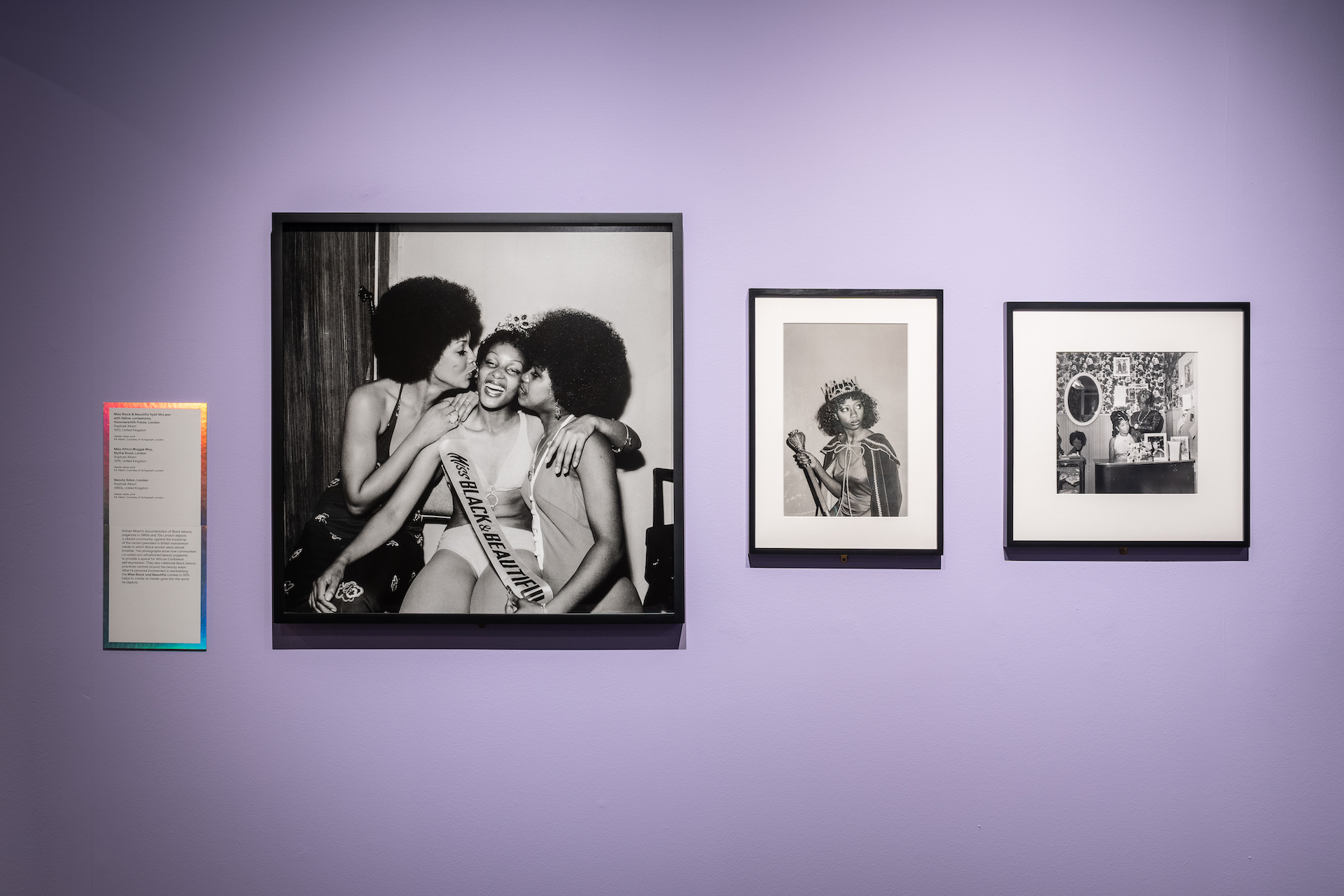
The Cult of Beauty exhibition, gallery highlights
What are your highlights?
I would like to shine light on one of the artist commissions that we did. It’s called Beauty Sensorium, and for it I commissioned a renaissance historian of the body, Jill Burke [who’s written a book called How To Be a Renaissance Woman, published by Wellcome], who already collaborates with a soft matter physicist. I paired them up with Baum & Leahy, the London based futuristic, biophilic design studio, to create a multi-sensory installation featuring the reconstructed recipes of Renaissance cosmetic products.
One element of it is immersive and sensory, as that’s the everyday experience of beauty: it’s very emotive and personal. But then the other part is to give due credit to early scientists who have been unacknowledged, in this case the refugee Jewish women who escaped Spain to move to Venice and Rome after 1498 and the expulsion of Jews from Spain. Almost 80-90% of all of the Renaissance Italian cosmetic recipes were written and developed by these women. I think this is probably the proudest moment I have had as a curator for commissioning work.
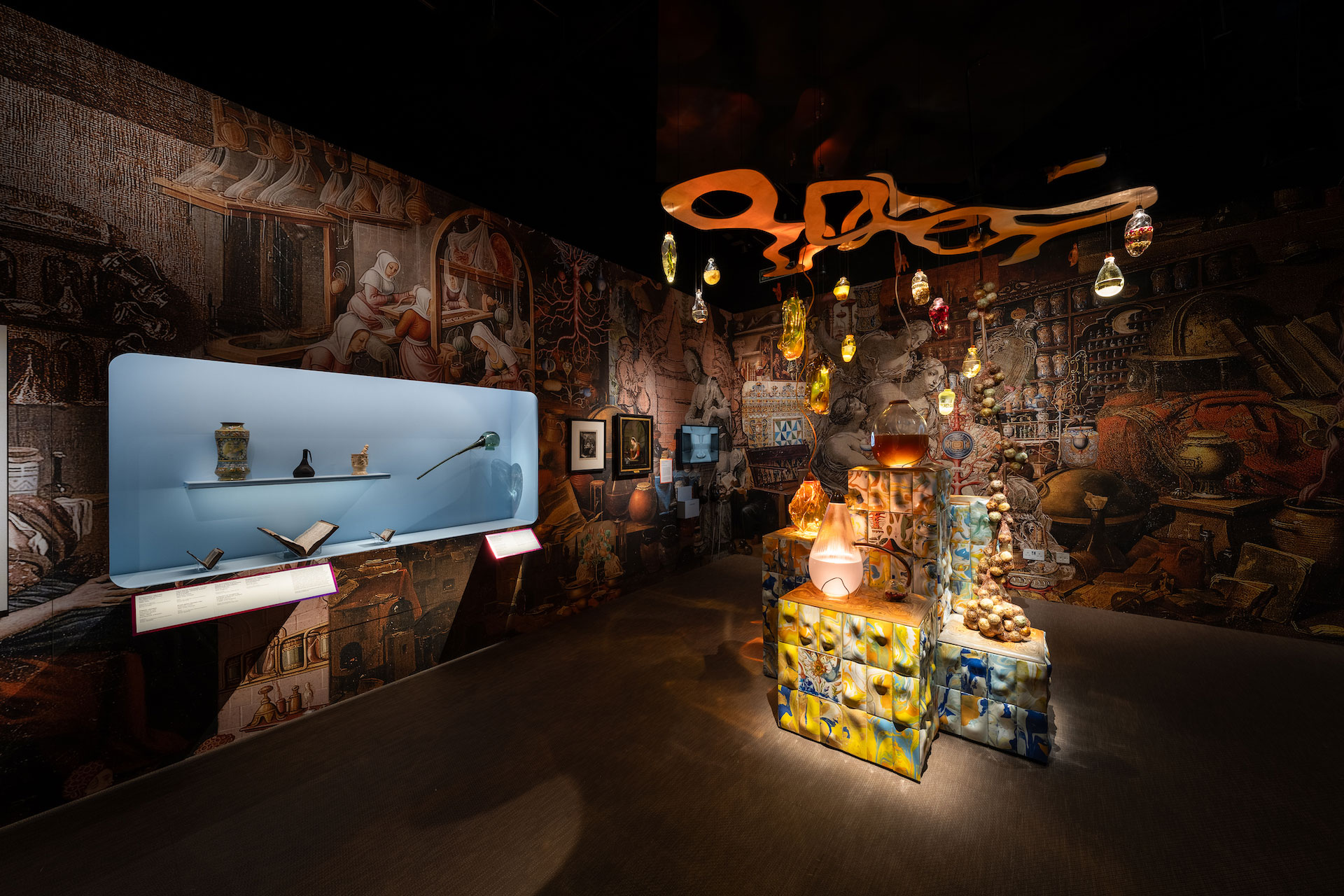
The Beauty Sensorium in the Cult of Beauty exhibition
Why did you choose to put it on now, at this point in time?
I think after the pandemic, self care and wellness really occupy people’s attention a lot more. And I think the beauty and wellness sectors have been given more opportunities, resources and capital in the last two years. So there are new ways of people seeking to look after themselves. In the exhibition’s audio guide we feature a blind artist speaking to cosmetic scientists about accessible beauty products. And accessibility and sustainability in the beauty sector have really boomed as well, which is stemming from the kind of care we have as humans for ourselves, the people around us, and also the planet.
But, obviously, with TikTok, social media and digital culture, there’s so much emphasis on the aesthetic and the visuals of how we present ourselves and our self image. And the mental health issues that stem from an imbalanced relationship with how we perceive ourselves because of how much time we spend on these platforms.
Can beauty sit alongside body positivity?
Absolutely. Something I’ve learnt while researching Cult of Beauty is that there’s no one beauty standard, and every time one new standard is proposed, it’ll soon be replaced by something else. What is evident is that acceptance and tolerance of voices and opinions is really the only way to move forward in our society.
A work in the exhibition is an AI generated animation that is infinitely morphing, meaning that during the six month duration of the exhibition, it will never show a repeated body. And the concept of the work is that they are just infinite types of people in the world. Whenever we try to make one any definition of beauty, or try to speak for everybody, we’re missing out on someone.
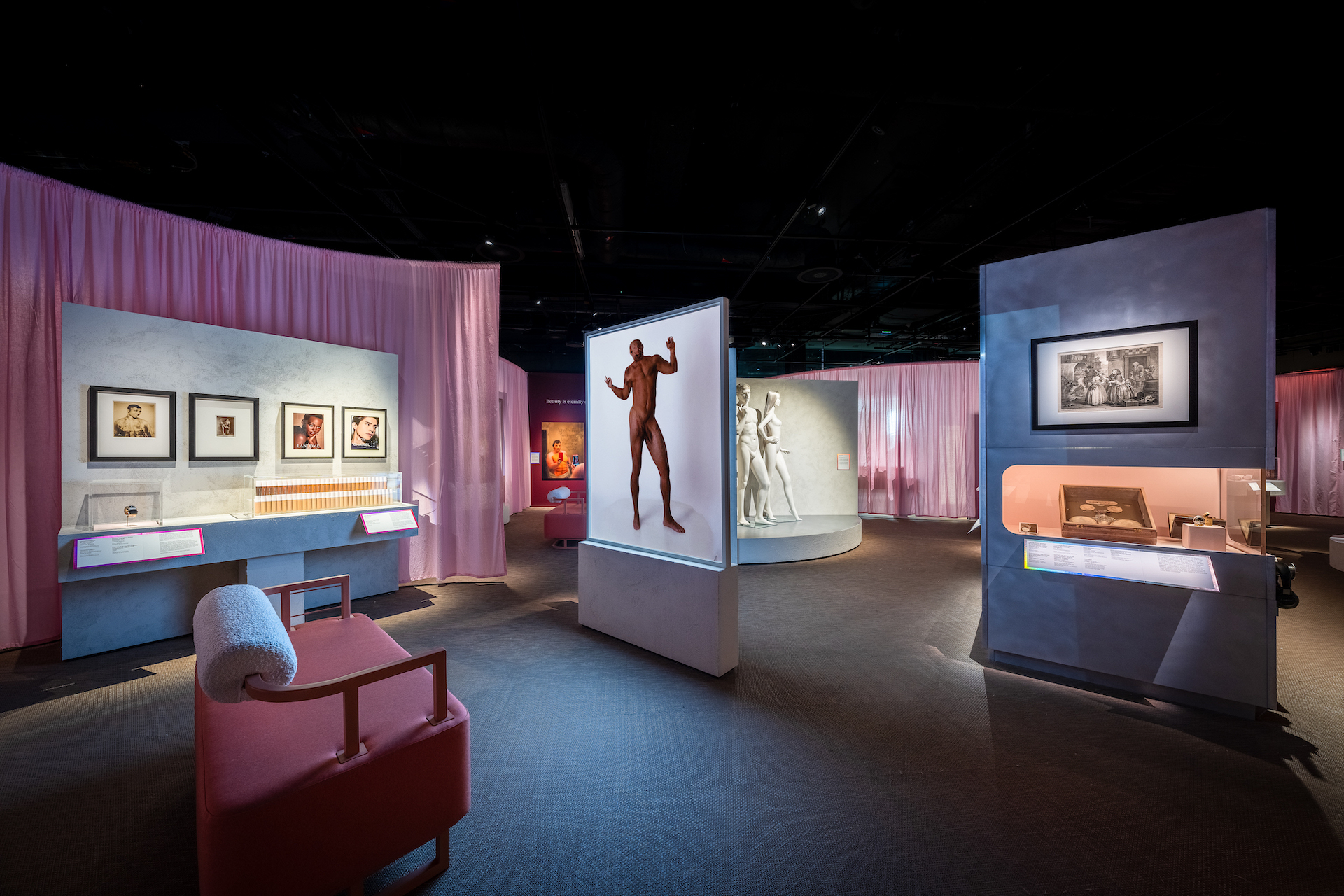
The Cult of Beauty exhibiton, gallery highlights
Is it possible to opt out of society’s beauty standards?
Empowerment means that you can be empowered to step into something, and you can be empowered to completely opt out. Even though if you say that you don’t have a stance towards beauty, that is still taking one. But the greatest thing I’ve personally gained from working on this project is that I no longer care [about my appearance]. For the exhibition I looked into the history of self-perception (we have a mirror that is 2,000 years old) and having such a clear self-image is a fairly new thing in human history. So I ditched my mirrors at home and I put on whatever I feel like that day. It’s very liberating.
What do you hope visitors take away from the Cult of Beauty?
That there is never a right or wrong answer of what is beautiful or not. It’s a bit cliche, but the thesis of Plotinus, the Greek philosopher, is that beauty is in the essence of the self. However, as humans, we have a lot of obstacles that we place on our own path: our insecurities, our desire to please other people, our immaturity or greed. But it’s in the journey of eliminating those self-imposed obstacles, and when we can live authentically with the essence of the self, that’s where you find beauty in yourself.
I hope people can leave informed about what Wellcome Collection is. We have the resources and the knowledge to provide those informed decisions and to show that beauty is not something frivolous women do – it concerns everybody.
This interview has been edited and condensed for clarity.
The Cult of Beauty at the Wellcome Collection is on until 28 April 2024. wellcomecollection.org







